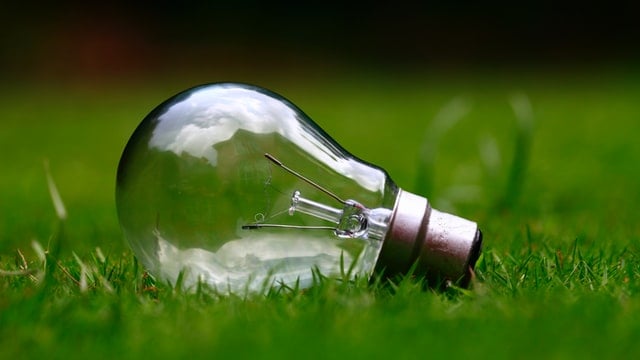Cryogenic batteries are batteries that use cryogenic energy derived from low-temperature liquids such as liquid nitrogen or liquid air. It is widely used or being piloted for use in vehicles and other energy-powered tools and devices. The idea behind the development of cryogenic batteries is a liquid powered vehicle that was developed by Peter Dearman at the beginning of the 20th century. However, much was not achieved due to inefficiency brought about by alternatives. However, the idea has been revived and has led to the development of cryogenic battery.
Cryogenic batteries are all rounded in performance and capacity. They can be scaled up to multiple gigawatts of power in stored energy, therefore, making it’s appropriate in applications with high power requirements. On top of the high energy capacity, cryogenic batteries are just a small footprint; consequently flexible and can be set at any point or location. In performance, experts rate them equally and even above fossil fuel energy stations.
Reliability
The cryogenic battery is the solution to energy inefficiency. According to Highview Power, a global firm in energy storage solutions and the leading company behind cryogenic energy in the UK, cryogenic batteries are the modern-day energy storage solution that comes with a lot of reliability. Unlike other energy storage, which lasts for hours or a few days, cryogenic battery storage capacity is in gigawatts and therefore, can provide energy for weeks.

The battery also manages a balance in response, efficiency, and reliability. Its size and structure make it flexible enough to be freely sited. In contrast, its storage capacity, the scalable attributes, and environmental friendliness make it an efficient and reliable development towards the global objective of a world made of up of clean energies. Other than these, the battery is also cost-effective, easy to configure, and even scale up to multiple gigawatts.
To further emphasize on its reliability, cryogenic battery won the 2019 Ashden Award as the most innovative and tailored development in the energy industry that was in line with the international call for a world made up of clean and natural energies.
Safety

This battery is a safer source of energy. Unlike other batteries, for instance, the hydro-powered batteries and lithium-ion chargeable batteries, which have been reported to erode as it was the case with the recalled Samsung phones, Cryogenic batteries have been rated among the most secure and less flammable energy storage sources. If handled as directed by the manufacturer or the dealer, these batteries will operate to the optimal for very long. They are also known to have a long life span, and instances of low voltage, or device overheating are minimal.
Application
Cryogenic batteries utilize liquid air or liquid nitrogen as its storage medium. They can, therefore, cater to every service crucial for a robust grid such as black start capabilities, synchronous inertia, time-shifting, frequency regulation and reserve, and voltage support. Also, unlike some traditional sources of power such as compressed air and pumped hydropower, cryogenic batteries are location and position friendly. They have a relatively small footprint and, therefore, can be sited anywhere. They are also made up of non-hazardous elements, and even in the case of multiple gigawatts, the battery is safe to be sited anywhere and for any powering role. Additionally, like most other batteries, cryogenic cells can be used in electronic and portable devices, and the automotive and aerospace industry. They can be used to power hybrid vehicles, aeroplanes, mobile phones, etc.
Environmental impact

Cryogenic batteries are environmentally friendly. It has been developed to match the current call for social and environmental responsibility. It utilizes clean energy from natural sources such as the sun and wind for all its processes. It is made up of environmentally friendly materials such as iron, therefore, causing little or no harm to the environment. As per the international rating, cryogenic fuel is way safer than fossil fuel and gasoline, and as per their recommendations, increased usage of cryogenic and LNG is a safety measure towards reduced greenhouse gas emissions.
The bottom line
In addition to being environmentally friendly, this battery is made up of highly recyclable materials that do not go to landfills or contribute to degradation.